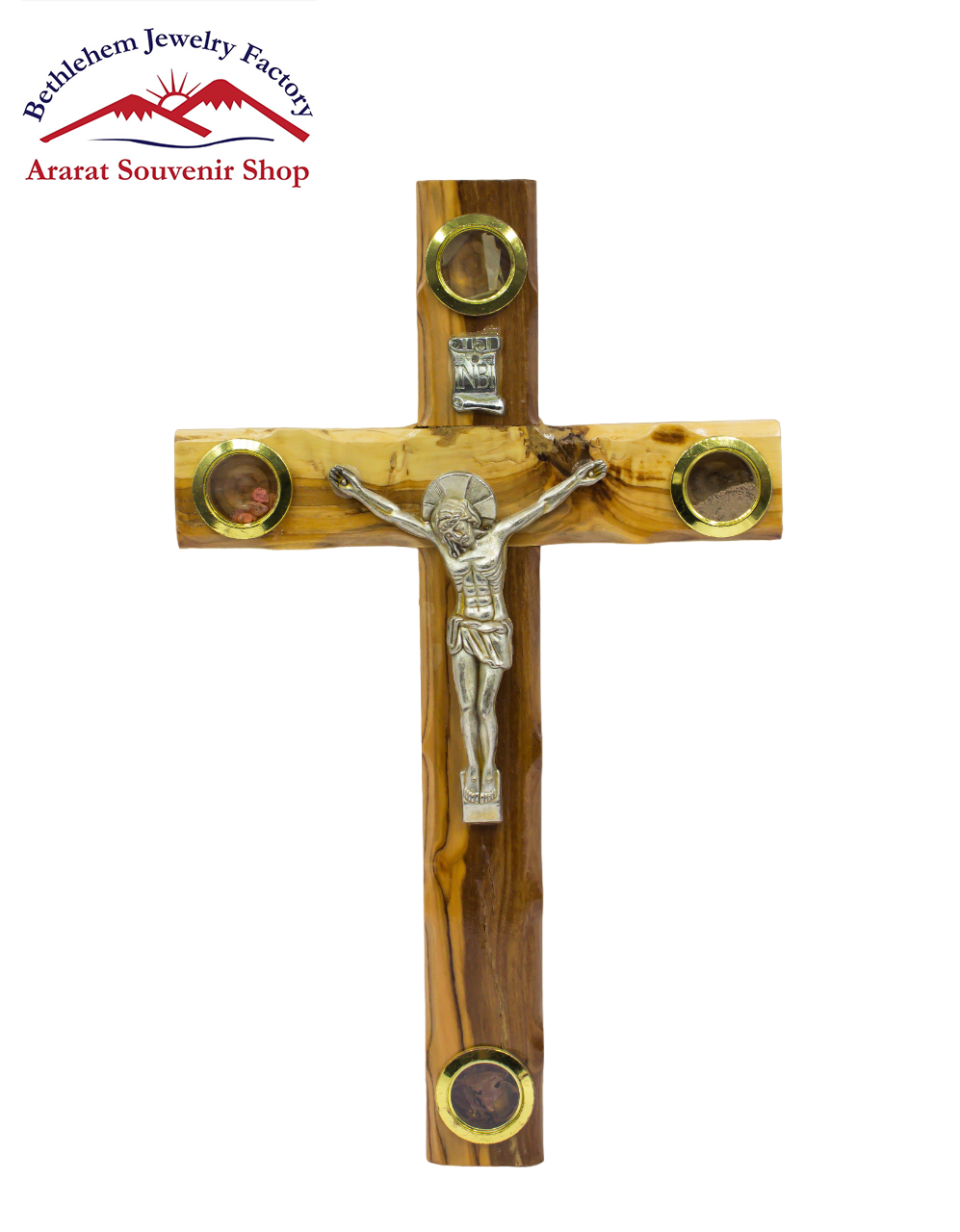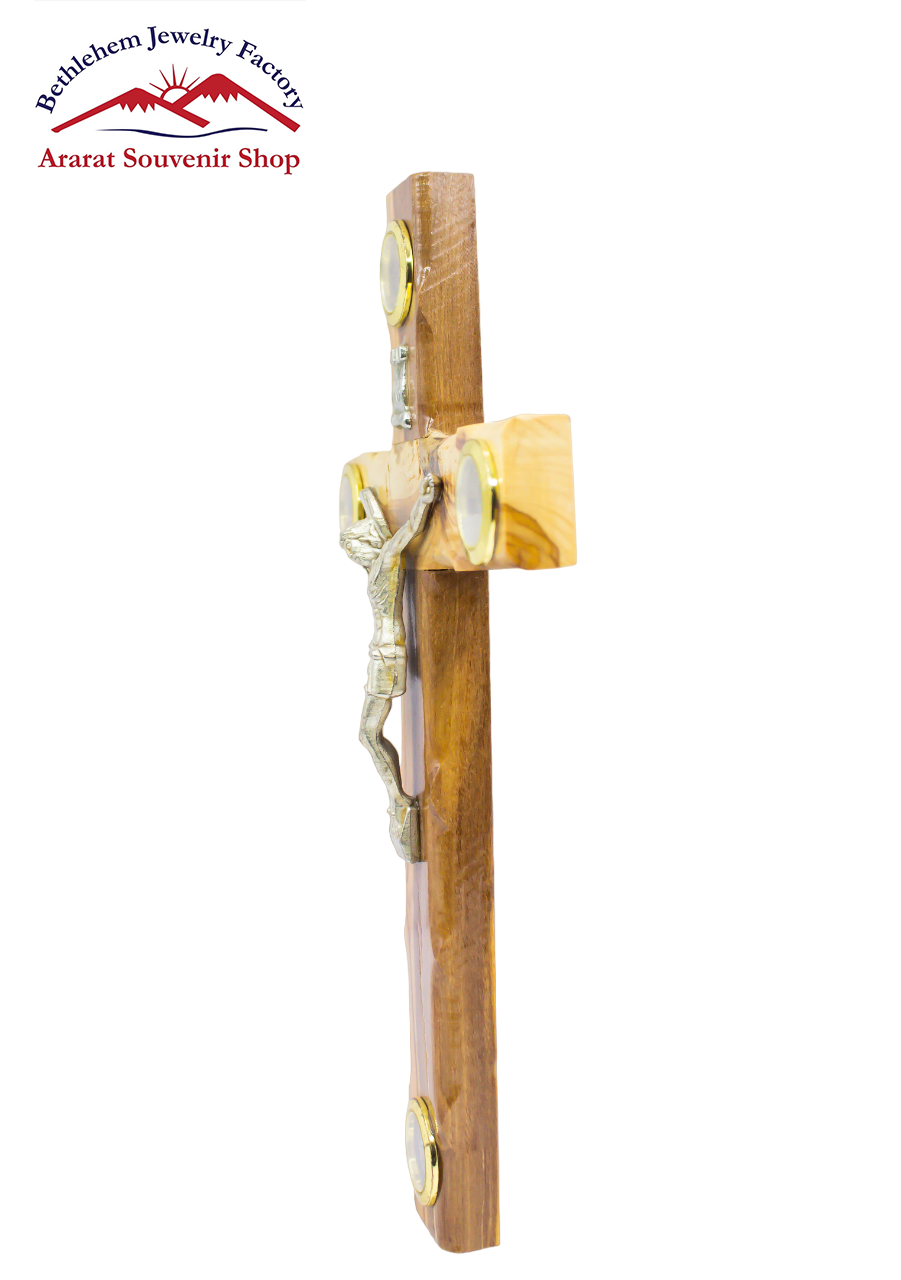The cross
The cross is one of the most recognizable symbols in the world, primarily associated with Christianity, where it represents the crucifixion of Jesus Christ and the central tenets of the faith. While its origins date back to ancient times as a method of execution, its transformation into a symbol of salvation and hope speaks to its profound significance in religious, cultural, and historical contexts.
**Origins and Historical Context**
The use of the cross as a form of execution can be traced back to the Romans, who utilized it primarily for punishing slaves, criminals, and insurgents. This gruesome method of capital punishment was designed to maximize suffering and humiliation, serving as a public deterrent. Jesus of Nazareth was sentenced to crucifixion around 30-33 AD under the governorship of Pontius Pilate, following a series of trials that underscored the political and religious tensions of the time.
The New Testament accounts, particularly the Gospels, depict the events leading to the crucifixion, illustrating Jesus’ arrest, trials, and the carrying of the cross to Golgotha. Here, he was nailed to the cross, where he would ultimately die. This moment of suffering and sacrifice is pivotal in Christian theology, framing the cross not merely as an instrument of death but as a gateway to redemption.
**Theological Significance**
The cross embodies central themes of Christian belief, most notably atonement, redemption, and grace. In Christianity, Jesus’ crucifixion is viewed as a voluntary sacrifice for humanity’s sins. According to Christian teachings, because of humanity’s inherent sinfulness, a chasm exists between people and God. Jesus, being both fully God and fully human, took upon himself the weight of this sin, allowing believers to receive forgiveness and be reconciled with God.
This idea of salvation through the cross is encapsulated in John 3:16, which states, “For God so loved the world that he gave his one and only Son, that whoever believes in him shall not perish but have eternal life.” The cross hence becomes a symbol of divine love, illustrating God’s willingness to endure suffering for the sake of humanity’s redemption.
Furthermore, the resurrection of Jesus, celebrated on Easter Sunday, is intimately connected to the cross. Christians believe that through the resurrection, Jesus conquered sin and death, offering hope of eternal life to all who believe in him. The cross and the resurrection represent a pivotal narrative arc in Christianity, revealing the importance of both suffering and triumph.
**Cultural Representations**
Throughout history, the cross has manifested in various forms of art, literature, and culture, reflecting its deep-rooted significance. In Christian art, the crucifixion scene has been depicted in countless ways, from the somber and reflective works of artists like Rembrandt and Van Gogh to more emotive portrayals by contemporary creators. These representations frequently capture the profound suffering of Christ, but they also emphasize themes of love, sacrifice, and hope.
The cross itself has taken on numerous shapes beyond the traditional Latin cross, including the Greek cross, the Celtic cross, and the Jerusalem cross, each carrying its unique historical and cultural meanings. These variations have been used in everything from church architecture to personal jewelry, providing believers with a versatile symbol of faith and identity.
**Modern Interpretations and Usage**
In contemporary society, the cross continues to be a powerful symbol, not only in religious contexts but also in discussions about social justice, suffering, and human rights. Many activists have drawn parallels between Jesus’ suffering on the cross and the struggles faced by marginalized groups. The cross serves as a call to action, encouraging individuals to take a stand against injustice and show compassion to those in need.
Additionally, the cross has found expression in various forms of popular culture, influencing music, literature, and film. Songs about the cross often reflect themes of love, hope, and redemption. Movies depicting the life and crucifixion of Jesus, such as “The Passion of the Christ,” bring renewed focus to the depth of the story, prompting discussions about faith, sacrifice, and moral courage.
**Conclusion**
In conclusion, the cross is a multifaceted symbol that transcends its historical origins as a tool of execution. It has become a profound emblem of faith, representing the themes of sacrifice, redemption, and hope central to Christianity. Its impact is felt across cultures and generations, reflecting humanity’s ongoing quest for meaning in suffering and the desire for connection with the divine. Whether through solemn reflection in a church service or vibrant expressions in art and culture, the cross continues to inspire and evoke deep emotions, serving as a reminder of the ultimate act of love and sacrifice.











Reviews
There are no reviews yet.